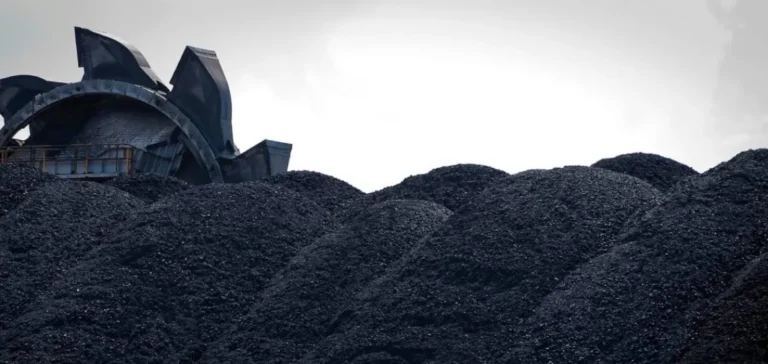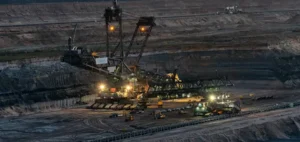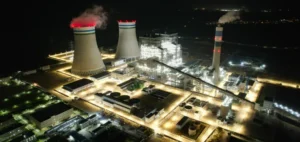Australian thermal coal exporters are facing a rapid contraction of their historical growth markets. Long supported by rising demand from China and Southeast Asian countries, the sector now confronts a major energy restructuring across the region.
Chinese imports decline in favour of domestic production
China, the main driver of global thermal coal demand, has shifted course, with a decrease in power sector emissions and stagnant coal consumption. Despite a large pipeline of power plants under construction, average utilisation rates of coal-fired units dropped to 50% in 2024. The National Coal Industry Association projects imports will fall 22% in 2025 compared to 2024, and by more than one third by 2030.
Supply shifts to closer regional exporters
This drop in overseas purchases is matched by a rise in Chinese domestic coal production and a pivot toward regional suppliers. Indonesia has emerged as the main beneficiary, strengthening its position in both Chinese and Association of Southeast Asian Nations (ASEAN) markets. Meanwhile, Chinese imports of Russian coal have tripled since 2022.
Southeast Asia moves away from coal dependency
Southeast Asia shows a similar trend. The pipeline for coal-related projects has significantly declined, while planned renewable energy and gas capacity now outstrip coal capacity by factors of ten and three respectively. Power plants under construction or proposed now represent a minority in the region’s energy mix.
Carbon capture remains economically marginal
In this context, large-scale adoption of carbon capture and storage (CCS) remains limited. The cost of installing CCS on existing coal plants exceeds that of building new renewable energy infrastructure with storage. Sector players continue to face technical and economic constraints that hinder this extension pathway.
Rising risks for Australian coal exports
These developments intensify competitive pressure on Australian coal, which faces lower-cost and geographically closer alternatives. Hopes of a rebound driven by more efficient coal-fired plants are fading, as buyers opt for cheaper coal grades such as those from Indonesia or domestically produced. This structural shift in the market could call into question the long-term viability of Australia’s thermal coal offering.






















